Ever since I was a child, I have been attracted by volcanoes, perhaps influenced by some of Jules Verne’s works, with Journey to the Center of the Earth as the main one. When the volcano in La Palma – it still has no official name – began its eruption, I thought it was the opportunity to see one in full activity, but the enormous destruction it was causing restrained me. How could I go sightseeing in a place where people were losing their homes and livelihoods?
However, while watching TV I heard a palm tree grower saying that banana plantations accounted for half of the island’s GDP and that the other half came from tourism. If this also disappeared, they would have no source of income. It was the excuse I needed.
I decided to make the trip. I took the risk of flying directly to La Palma from Madrid. The safest thing to do was travel via Tenerife then take a ferry to avoid the risk of the flight being cancelled. But the statistics said that this probability was low, so I took the first option and it worked out, eventually.
Los Llanos de Aridane; at the base of the volcano
As the plane was landing, I could already see the volcanic smoke, which accompanied me all the way from Santa Cruz de La Palma to Los Llanos de Aridane, where a university colleague, a vulcanologist, had recommended me to stay.
Los Llanos de Aridane is only a few kilometers from the volcano. Less than 100 meters from the apartment I could see its emissions clearly. I was exposed to its disturbing consequences, such as the ash, and I could observe how life developed in that situation. I was in fact only a few minutes away from the best observation points. Some nights, when I came back home relatively early after a busy day, as soon as I heard on the local TV the volcano was reactivating, I returned to admire it in all its fury.
On the way from the airport to Los Llanos you drive by the Tajuya viewpoint, which I visited several times. It had turned into a set for TV reporters. It is probably the best accessible site with the clearest view of the main mouth of the volcano.
The earth trembles on La Palma
The scientific deployment to follow the eruption and coordinate the work was formidable. As I could see at the Advanced Command Center, different groups meet at mid-morning to organize emergency activities.
While I was there, November 16th was the day when the most earthquakes were recorded (319) since the beginning of the eruptions. There are actually very few perceptible earthquakes. In four days, I clearly felt the movement of furniture and lamps on two occasions, luckily for only one or two seconds. Their origin lies in the course followed by molten material from the upper mantle, where it passes through two magmatic chambers, the outermost at an average depth of 12 km and the innermost at about 35 km. Both are continuously monitored.
Although the mightiest earthquakes occur in the deeper chamber, sometimes the ones with the most devastating effects take place in the shallower chamber.
When fluids pass through a cavity on their ascent outside, their walls vibrate and transmit energy around them as waves. This produces the movement and noise perceived in the vicinity of the volcano, which is known as tremor.
Messengers of the Deep
Volcanoes are an extraordinary source of information from the Earth’s mantle that we humans cannot access directly. The largest borehole ever drilled, in the Kola peninsula, is no deeper than 12.3 km.
Some of the pyroclastic materials come from the mantle, and thus bear witness to the composition of the Earth’s layer beneath the crust.
How can there be molten materials whose origin dates back to the formation of the Earth, more than 4.5 eons ago? This is partly explained by the pressure exerted by gravity on the Earth’s core, but this is not enough. The heat generated by radioactive decay, from isotopes of uranium, thorium, and potassium 40, taking place in the mantle is required to explain it. The analysis of pyroclastic bombs reveals this.
Life amidst volcanic ash and gases
An exclusion zone has been established on the island, which can be accessed, under strict control, by the residents of some villages to clean up the ashes. One of the problems is that part of the LP2 road that connects the west with the south is impassable. There are stretches where it literally no longer exists, buried under the lava, which forces to make alternative routes. Trips that used to take 15 minutes may now require more than an hour.
In the Aridane valley, where Los Llanos and other inhabited areas are located, the population is forced to live daily with the ashes and the sulfur dioxide. Normally, it is sufficient to wear an FFP2 mask and protective masks, such as those used by welders, available in hardware and other stores. The ash that accumulates on cars can be easily cleaned with a brush. After two months, the people are trying to get on with their life as normal.
The activities to monitor the volcano are the object of the PEVOLCA (Special Plan for Civil Protection and Emergency Attention to Volcanic Risk in the Autonomous Region of the Canary Islands), which issues a daily report including the rules to be followed. When the degree of contamination is very high, schools are suspended in the affected area.
Experts consider sulfur dioxide emissions as one of the main indicators of the trend of volcanic activity. A recent PEVOLCA report indicates that these emissions have reached peaks of 50,000 tons per day on La Palma.
However, tendency was downwarding.
Live volcano activity
TV images, usually taken by drones, are breathtaking, but contemplating it live is an unforgettable experience.
The volcano is located on what is known as Cumbre Vieja (Old Summit), although it is quite the opposite: the summit is being formed. A local told me that the name is due to the undulations of the terrain caused by the various eruptions, reminiscent of the wrinkles of an old woman.
The El Time viewpoint is relatively distant, but at a high altitude, which gives a more global view. From there you can clearly see that this is a fissure volcano. Although there is a higher cone, there are several vents.
Variable explosive phases alternate, with ample gas emission, with effusive stages which produce lava flows. Sometimes they occur simultaneously. At night, several lava streams can be observed, which run 4 or 5 km until they reach the lower part of the island, known as fajana.
The volcanic activity has subsided substantially. Perhaps its end is near [it happened on December 25].
Types of volcanic tourism
I had the most impressive view when I took a boat trip that gets very close, a few hundred meters or perhaps one kilometer, in front of the fajana. The lava flows poured into the sea like Niagara Falls in slow motion, raising a cloud of steam.
The boat, which had a capacity for 50 passengers and was fully booked, had been dedicated to whale watching. Due to the volcano, the people in charge had ceased their activity. Some of them had had to leave their homes, as they were in the restricted zone. In this situation, they had decided to reconvert the business and substitute whale watching for the unusual tour described above, which offers a better view of the volcano than the incredible images captured by the drones that fly over it.
This spirit of overcoming adversity seems to be a general feeling among the inhabitants of La Palma, known as Palmeros. Even a councilor of the Cabildo presented it on television as an opportunity because, as he said, “it has put La Palma on the map”. I had visited the island before, and the Isla Bonita or “beautiful island”, as it is also named, reflects the reality.
If we also add the possibility of watching a volcano, the experience is unbeatable. Even when its activity ceases [it happened on December 25], the landscape it will have left will be unique.
Now it is time to rebuild the destruction, but the people of La Palma, with the help of everyone, will know how to do it.
You should go to La Palma; you will be doing a favor to its inhabitants and to yourselves.
[Spanish version: https://theconversation.com/diario-de-un-turista-volcanico-asi-transcurre-la-vida-en-la-palma-172336]


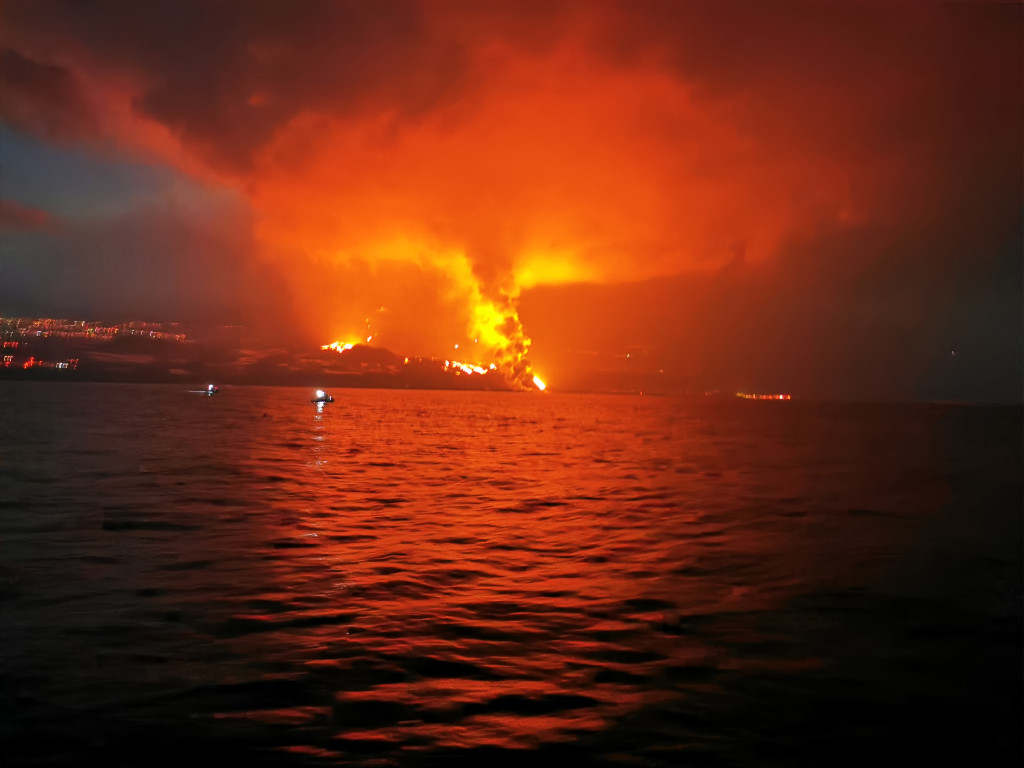
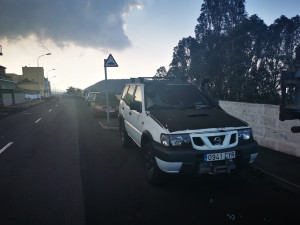
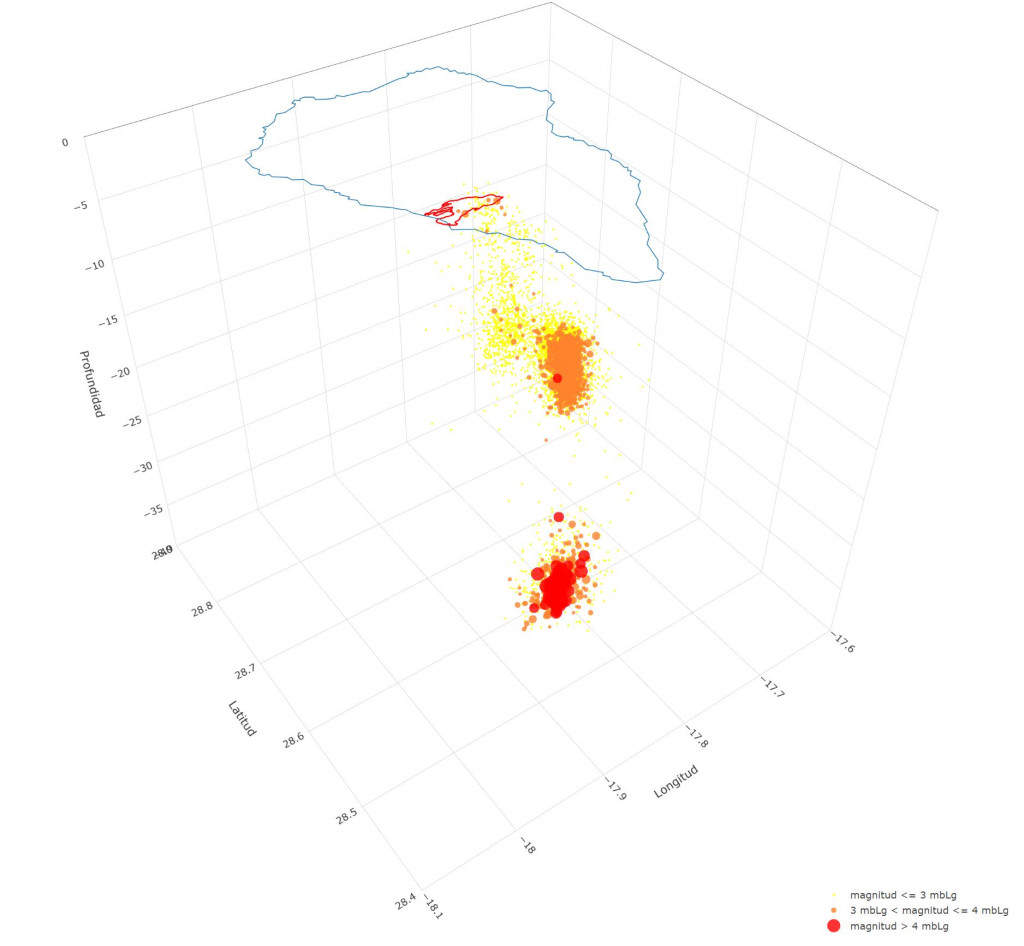
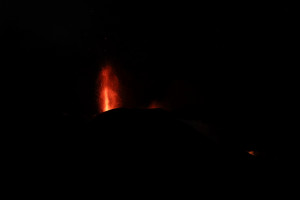
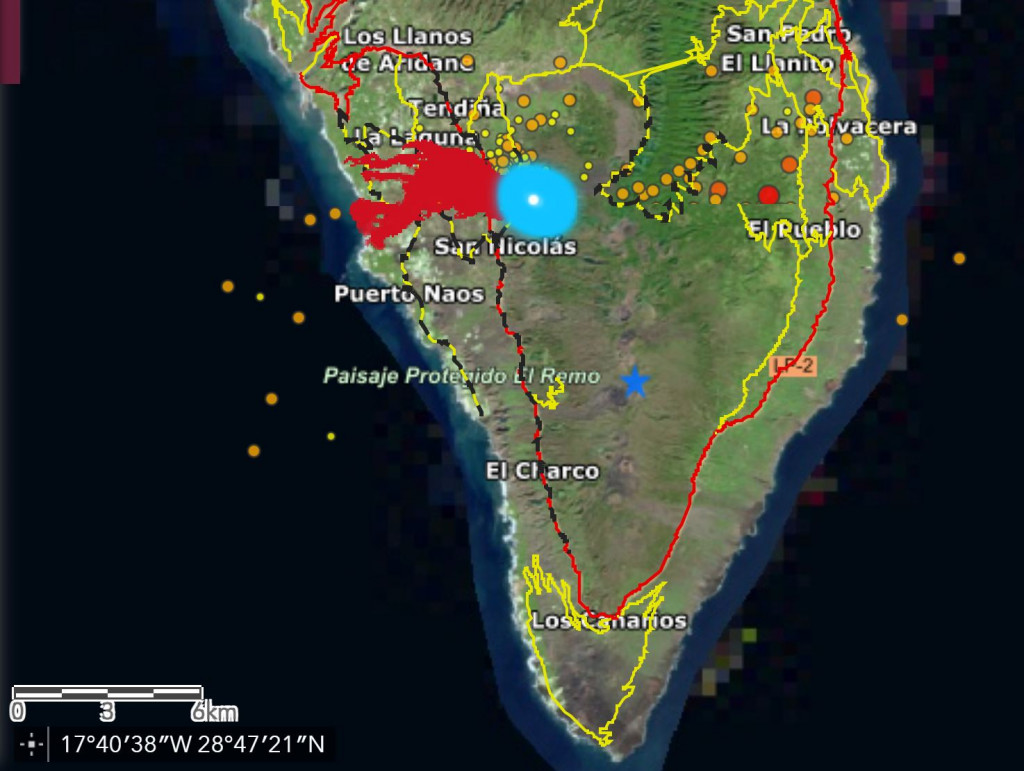
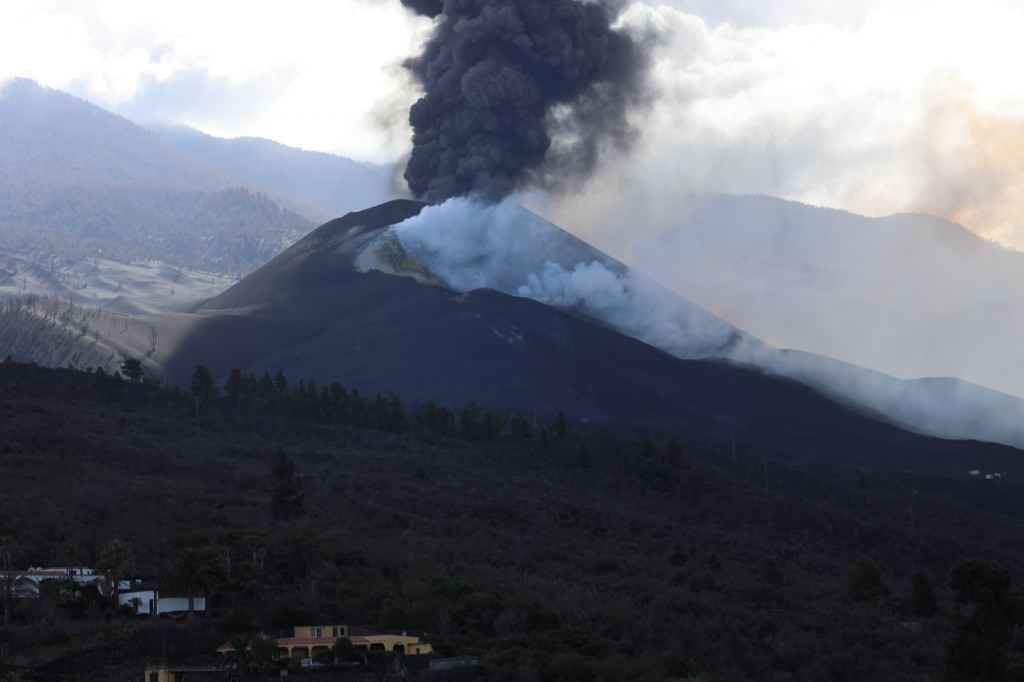

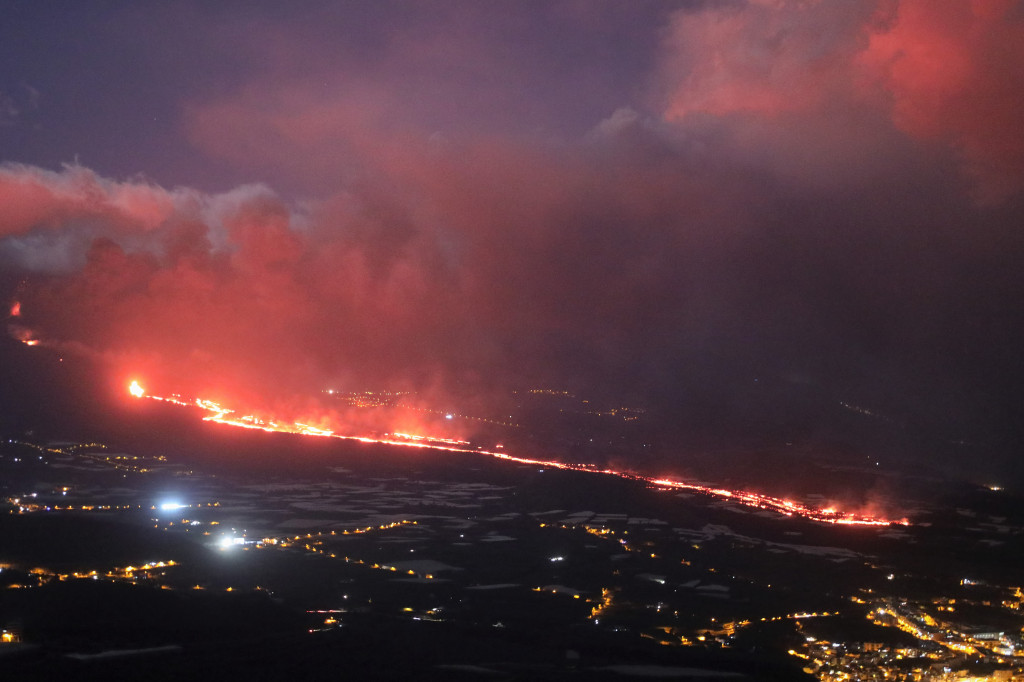



Aún no hay comentarios.